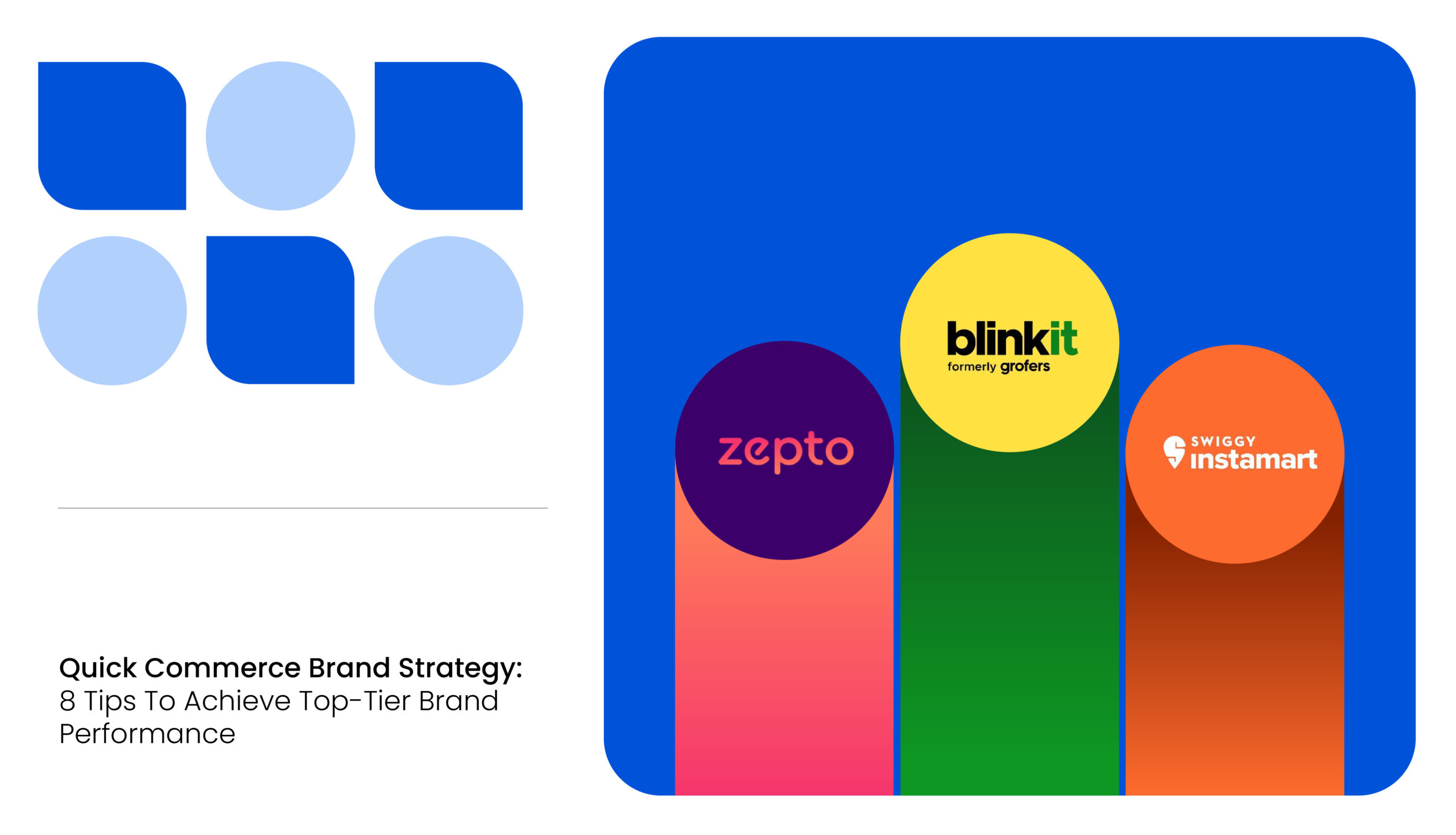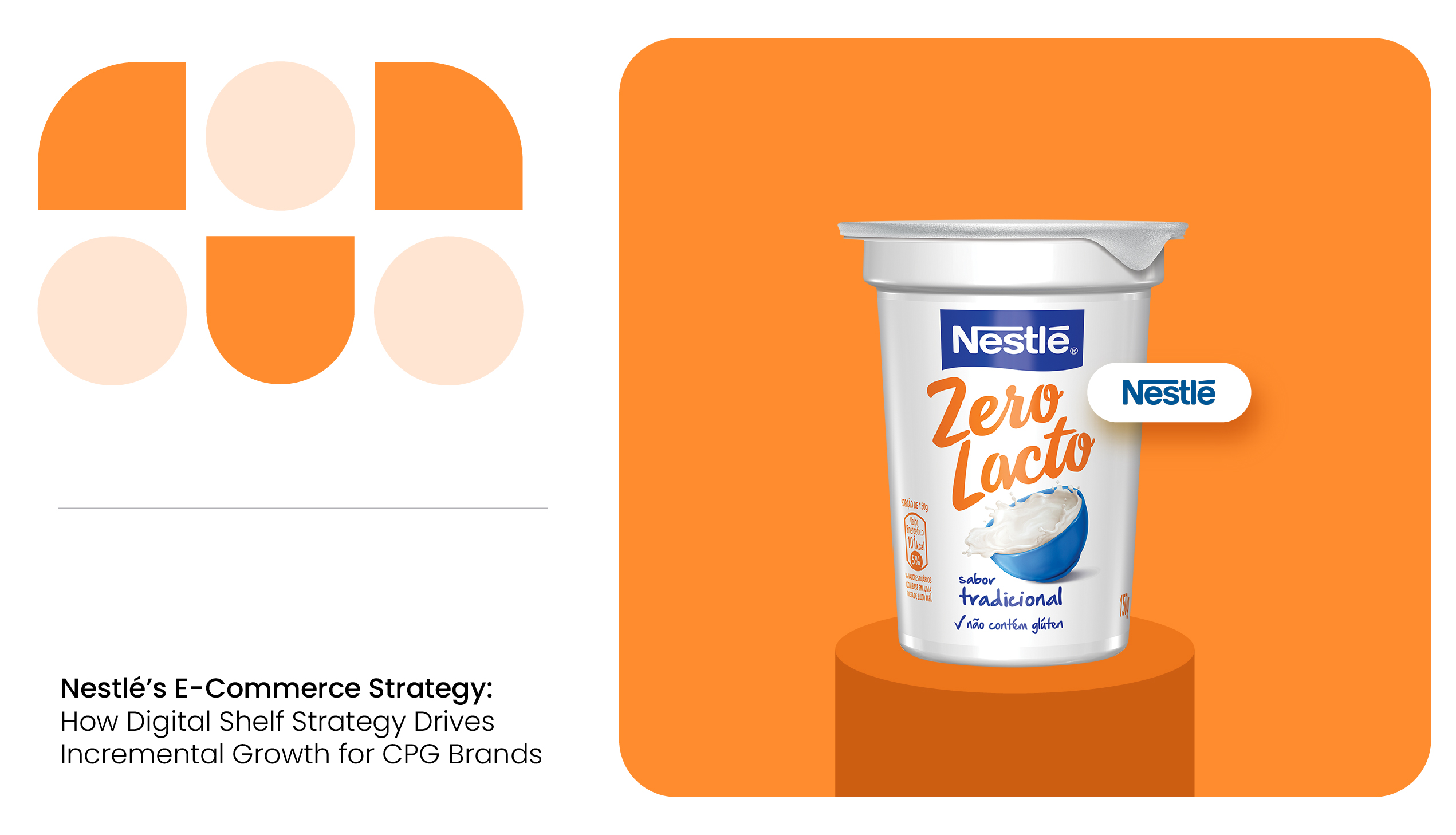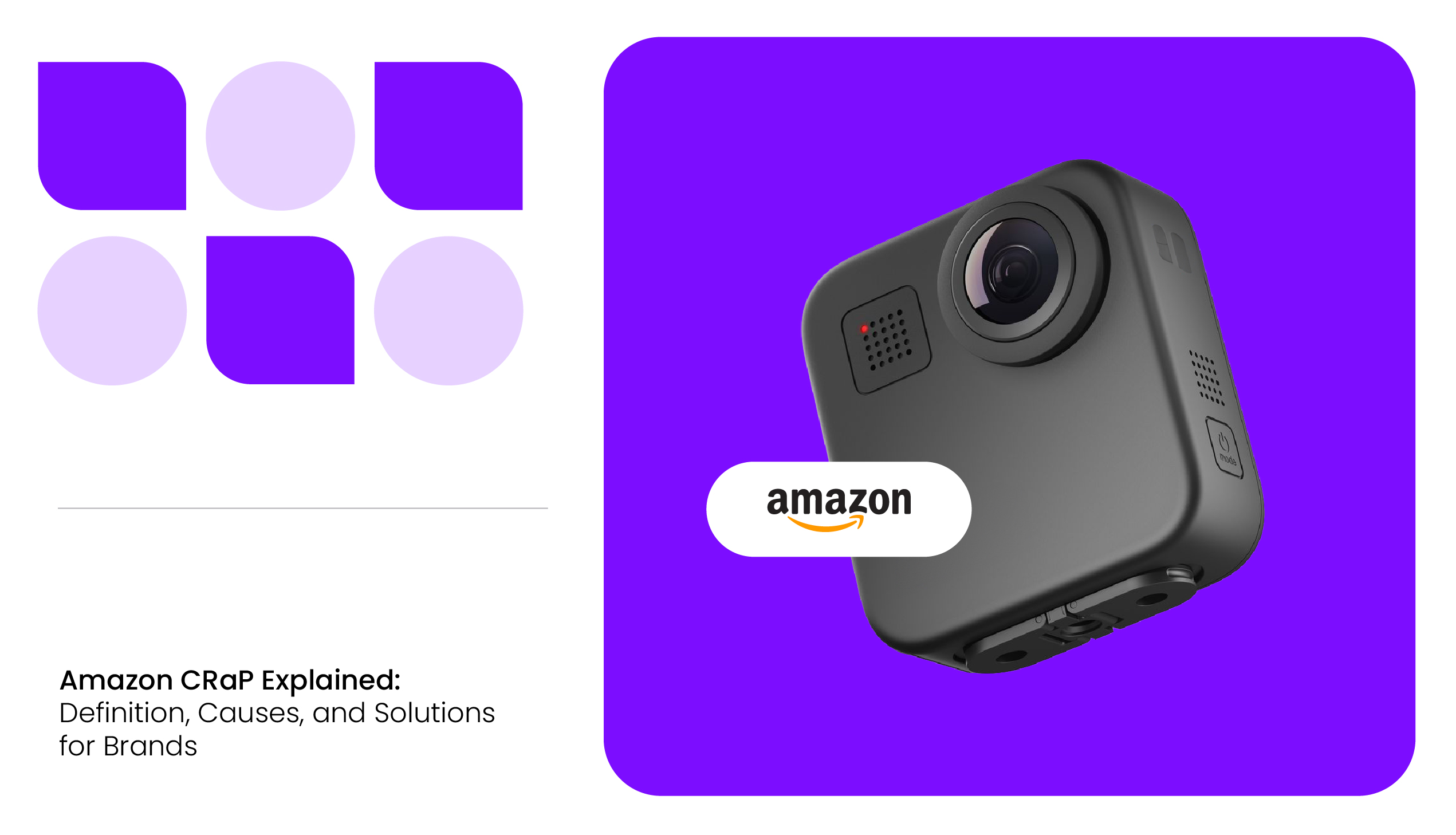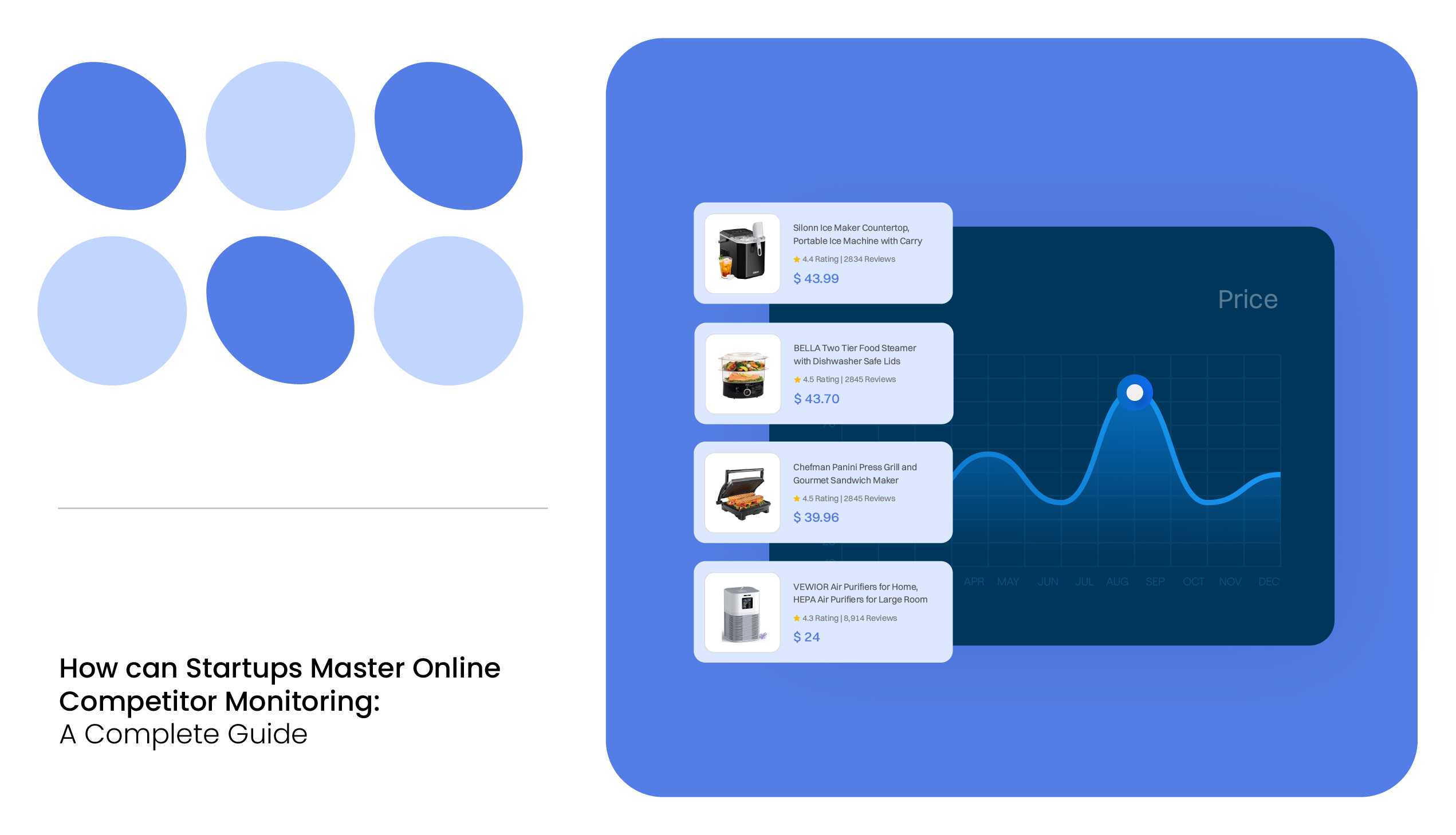Think about the last time you needed something in a pinch, a last-minute gift, a late-night snack, or even a forgotten work essential. You probably didn’t want to wait, right? The days of waiting for delivery are behind us.
In a world where time is of the essence, consumers are demanding faster solutions, and businesses that can deliver in minutes, not days, are becoming the new norm. This shift has given rise to quick commerce, or Q-commerce, a rapidly growing model that promises lightning-fast delivery, sometimes in as little as an hour.
The inclusion of a quick commerce brand strategy presents both challenges and opportunities. Meeting consumer expectations for speed can be a daunting task, but with the right strategy in place, your brand can not only keep up but lead the charge.
So, how can you position yourself to thrive in this new age of fast shopping?
READ MORE | How are Q-commerce and traditional commerce different? Check out our blog on Quick Commerce vs. Traditional E-Commerce: What Brands Need to Know.
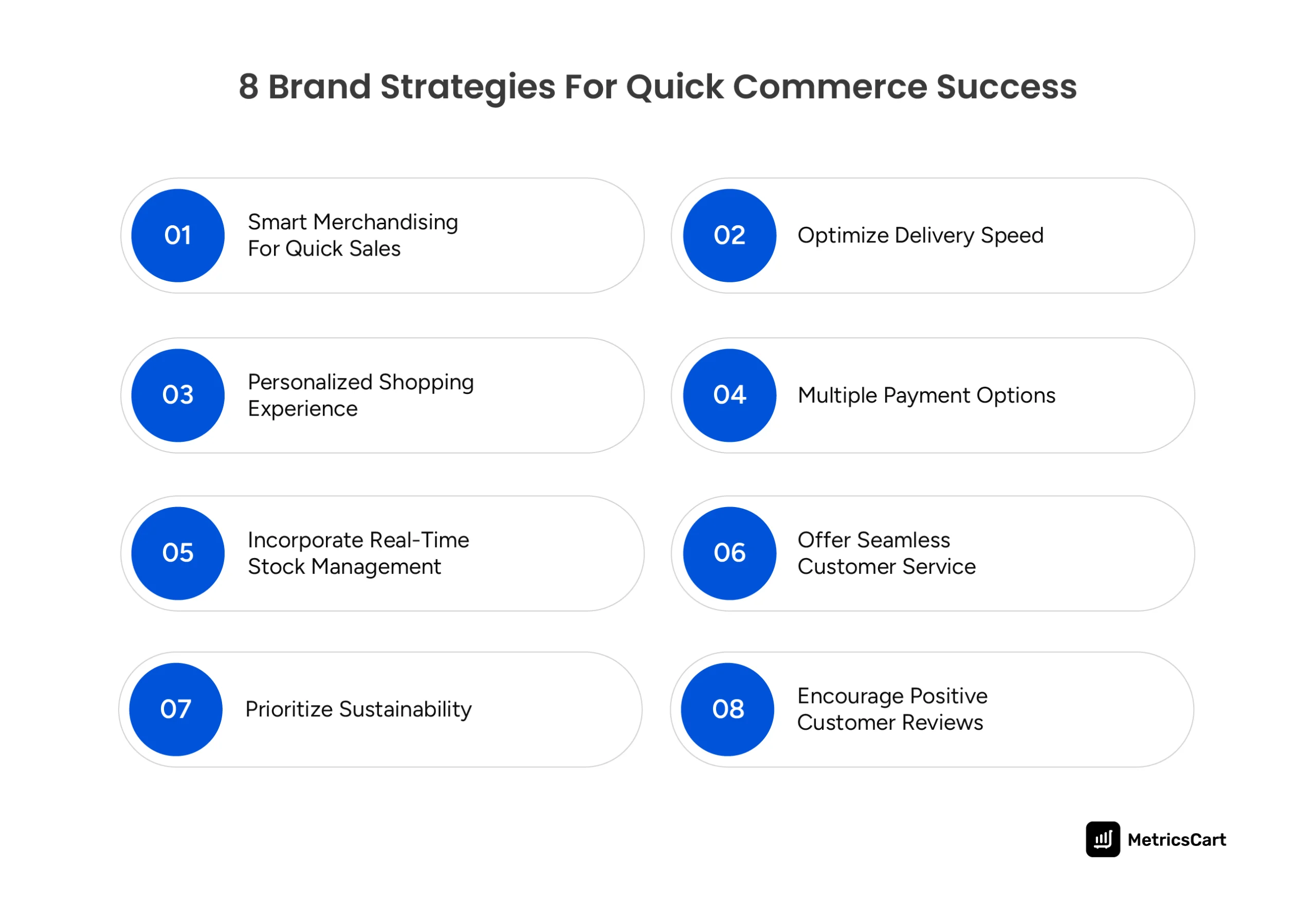
1. Use Smart Merchandising for Instant Conversions
When it comes to the topic of how to sell on quick commerce, every second counts. The ability to offer the right product at the right time can be the difference between a sale and a lost opportunity. Smart merchandising allows brands to offer real-time promotions, flash sales, and product bundles that cater to consumer impulses.
By analyzing customer behavior and e-commerce trends, you can predict what products are likely to drive the most interest at any given moment. You can then create time-sensitive offers, like a “limited-time discount” on high-demand items or “buy-one-get-one” promotions, which encourage immediate purchasing decisions.
Many modern e-commerce platforms allow brands to deploy these types of promotions without requiring deep technical expertise. No-code solutions enable marketers to design and launch campaigns quickly, which is crucial in the fast-paced world of Q-commerce.
2. Optimize Your Delivery Speed with Efficient Logistics
At the heart of quick commerce marketing for brands is the promise of speed: quick fulfillment, fast delivery, and rapid order processing. Consumers expect to receive their products in record time, often within hours, and the brands that can meet this expectation will see a clear competitive advantage.
Customers are more likely to make a purchase if they know they can receive their items quickly. Selling on quick commerce for brands is built on speed and trust, where both of these translate to more purchases and customer loyalty.
Invest in an agile logistics system that can efficiently handle high-demand orders. This could involve setting up local fulfillment centers, utilizing third-party logistics providers, or employing delivery solutions such as drones or local couriers.
AI-powered route optimization can also help streamline delivery, ensuring products reach customers in the shortest time possible.
Additionally, integrating real-time tracking systems enables customers to see exactly where their order is in the process, providing them with peace of mind and enhancing their overall experience.
3. Personalize the Shopping Experience Using AI and Data
Consumers today expect a personalized shopping experience. Quick commerce amplifies this expectation as customers are increasingly looking for products that suit their immediate needs and preferences. AI and data-driven personalization allow brands to cater to these desires by offering tailored product recommendations, personalized discounts, and dynamic pricing.
A personalized experience increases the likelihood of conversion by aligning product recommendations with a customer’s browsing history, past purchases, or current location. This level of personalization drives customer satisfaction and, ultimately, sales.
AI-powered tools can automatically adjust search results based on customer preferences, making it easier for consumers to find what they’re looking for. Incorporating recommendation engines into your website can enhance the shopping experience by suggesting products that customers are most likely to purchase, based on their previous interactions.
Furthermore, incorporating real-time data analytics tools, such as MetricsCart, allows you to offer personalized discounts or offers at the right moment, thereby increasing your chances of securing a sale.
4. Focus on Offering Multiple Payment Options
In quick commerce, checkout speed is just as important as delivery speed. The easier and faster it is for consumers to complete their purchase, the more likely they are to finish the transaction. Offering a range of payment options can help reduce friction and increase conversions.
Customers today expect multiple payment options, ranging from traditional credit cards to digital wallets like Apple Pay and Google Pay, as well as Buy Now, Pay Later (BNPL) services. If your brand doesn’t offer these options, customers may abandon their cart and shop elsewhere.
Integrate a variety of payment solutions into your checkout process. Services like Stripe or PayPal can handle digital payments, while BNPL options also appeal to customers who may prefer to split their costs over time.
Ensuring that these options are seamlessly integrated will make the checkout process smoother and faster.

5. Provide Real-Time Product Availability and Efficient Stock Management
In quick commerce, customers expect not only fast delivery but also real-time product availability. The last thing you want is for a customer to place an order only to find out the product is out of stock. Efficient stock management and real-time availability are crucial for retaining customer trust.
In a competitive marketplace, the benefits of out-of-stock monitoring are numerous, and boosting customer confidence is crucial among them. If a customer knows they can purchase an item and have it delivered quickly, they’re more likely to follow through with the transaction.
Invest in systems that provide real-time inventory tracking and enable rapid restocking to ensure optimal stock levels. AI-based demand forecasting tools can help ensure that the most popular products are always in stock, reducing the chances of stockouts and missed sales.
By integrating an assortment and availability monitoring software into your online store, you can also offer transparency to customers, which increases trust and improves the overall shopping experience.
6. Create a Seamless Customer Service Experience
Customer service is a crucial component of the quick commerce ecosystem. With expectations for fast delivery and instant gratification high, your customer service needs to be equally responsive. Providing seamless communication channels and offering immediate assistance can help resolve any issues that arise quickly.
When something goes wrong, whether it’s a late delivery, an incorrect product, or a billing issue, customers expect prompt resolutions. Brands that provide quick, helpful customer service build trust and loyalty, which is critical for retaining customers in the fast-paced world of Q-commerce.
Utilize chatbots, AI-driven customer service tools, and live chat options to provide immediate assistance. Ensure that your customer service team is equipped to handle inquiries efficiently and can resolve issues within minutes, not hours or days.
7. Embrace Sustainability
Sustainability has become a top priority for consumers, even in the fast-paced world of quick commerce. Brands that focus on reducing their environmental impact will likely gain favor with eco-conscious consumers.
Consumers are increasingly choosing brands that align with their values. Gen Z sustainability trends, such as eco-friendly packaging & shipping methods, and carbon-neutral delivery options, can help brands differentiate themselves and foster long-term loyalty.
Switch to sustainable packaging materials, optimize delivery routes to reduce carbon emissions, and explore eco-friendly delivery methods, such as electric vehicles or bike couriers. Promoting your sustainability efforts can also serve as a unique selling point in a competitive Q-commerce landscape.
8. Encourage Positive Customer Reviews
Customer reviews significantly influence purchasing decisions and serve as a powerful tool in quick commerce to build trust and loyalty. Positive reviews not only boost your brand’s credibility but also help new customers make faster decisions, an essential factor in fast-paced buying environments.
Encouraging reviews can be as simple as sending a follow-up message after purchase, asking for feedback, or offering small incentives, such as discount codes for future purchases. Make it easy for customers to leave reviews directly on your platform.
You can also analyze customer feedback using an e-commerce product review analysis platform to gain a deeper understanding of consumer needs and optimize your product offerings.
Displaying these reviews prominently can increase confidence, improve conversion rates, and provide real-time social proof that your brand delivers on its promises. In quick commerce, where time is short and trust is critical, strong, visible customer testimonials can tip the balance in your favor.
READ MORE | How does on-demand shopping become the future of e-commerce? Check out our blog on Quick Commerce Unpacked: The Future of Fast, On-Demand Shopping.
Conclusion
The world of quick commerce presents exciting opportunities for brands that are willing to adapt and evolve. By focusing on key strategies such as smart merchandising, fast delivery, AI-driven personalization, and seamless customer service, brands can position themselves for success in this rapidly growing market.
However, the key to standing out lies in understanding what customers want — speed, convenience, and a personalized experience — and consistently delivering on these expectations.
If your brand is ready to take on the challenge, implementing these strategies, along with the assistance of a DSA tool like MetricsCart, will help you not only meet but also exceed consumer expectations, ensuring success in the fast-paced world of quick commerce.
Unlock the Power of Quick Commerce for Your Business With Real-Time Insights!
FAQs
By offering lightning-fast delivery, Q-commerce creates a sense of urgency and convenience, which significantly boosts conversions. Brands that embrace quick commerce can tap into a customer base seeking immediate satisfaction and capitalize on impulse purchases, thereby increasing sales and fostering customer loyalty.
Efficiency is key. Invest in technology that helps optimize delivery routes in real-time, utilize local fulfillment centers, and consider using third-party delivery services or on-demand couriers. Additionally, incorporating AI for route optimization ensures your products reach customers quickly, while real-time tracking gives consumers peace of mind.
AI can personalize the shopping experience by recommending products based on a customer’s browsing history, location, and past purchases. It also plays a crucial role in real-time inventory management and dynamic pricing, ensuring the most relevant products are available at the right time, thus boosting conversion rates.
Providing quick and efficient customer service is crucial for retaining customers. In Q-commerce, where speed is everything, having responsive support channels such as live chat or AI-powered chatbots helps address customer queries or issues instantly. Fast resolution times lead to better customer experiences and higher retention rates.
To stand out in Q-commerce, you need to focus on speed, personalization, and customer satisfaction. By integrating AI for product recommendations, offering seamless payment options, and ensuring fast delivery, you create a memorable experience that keeps customers coming back. Sustainability and eco-friendly delivery options are also key differentiators.

